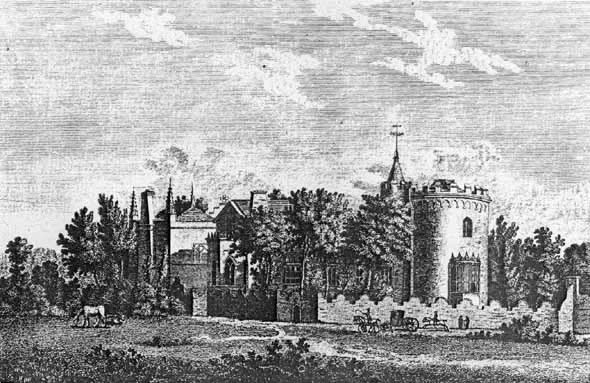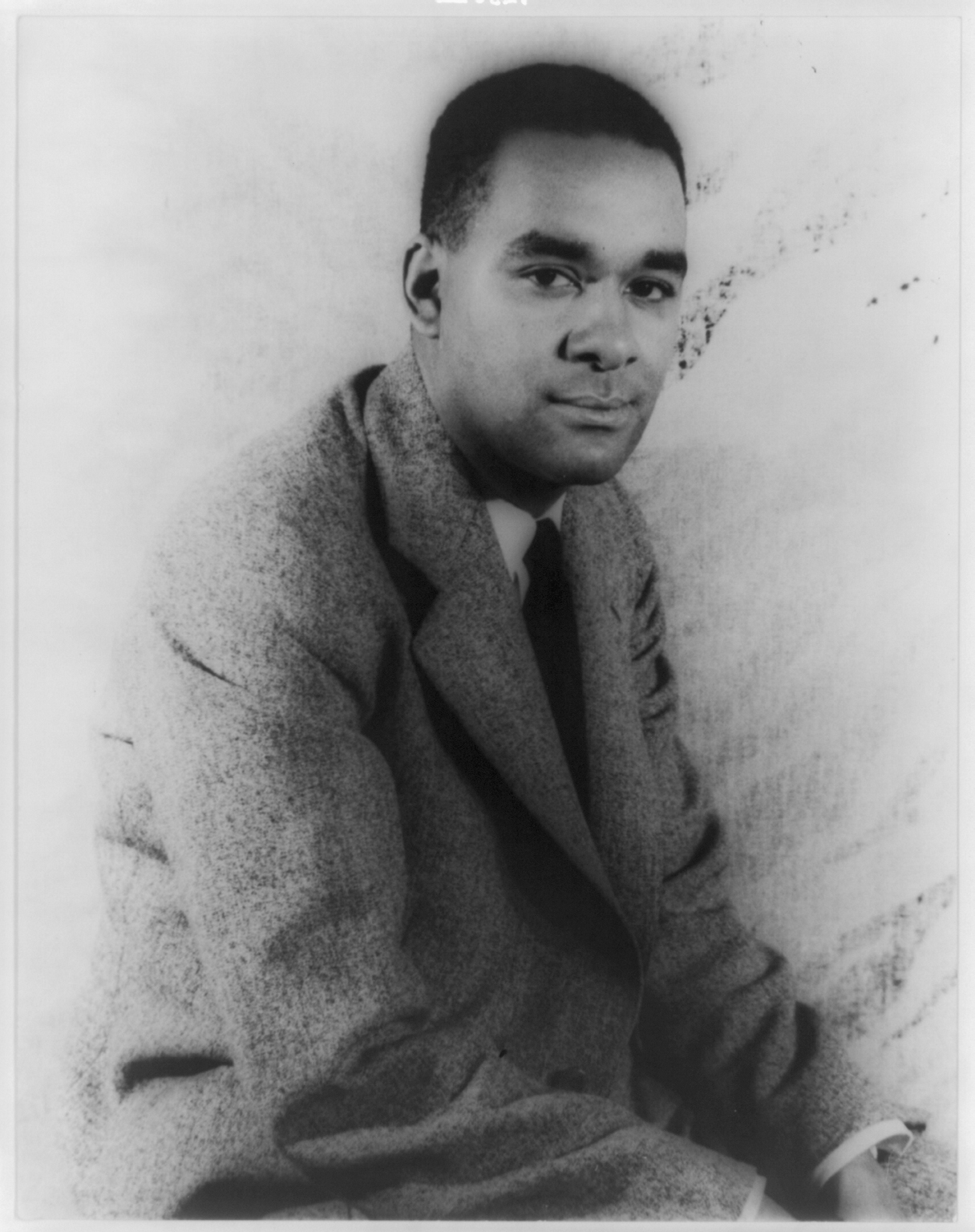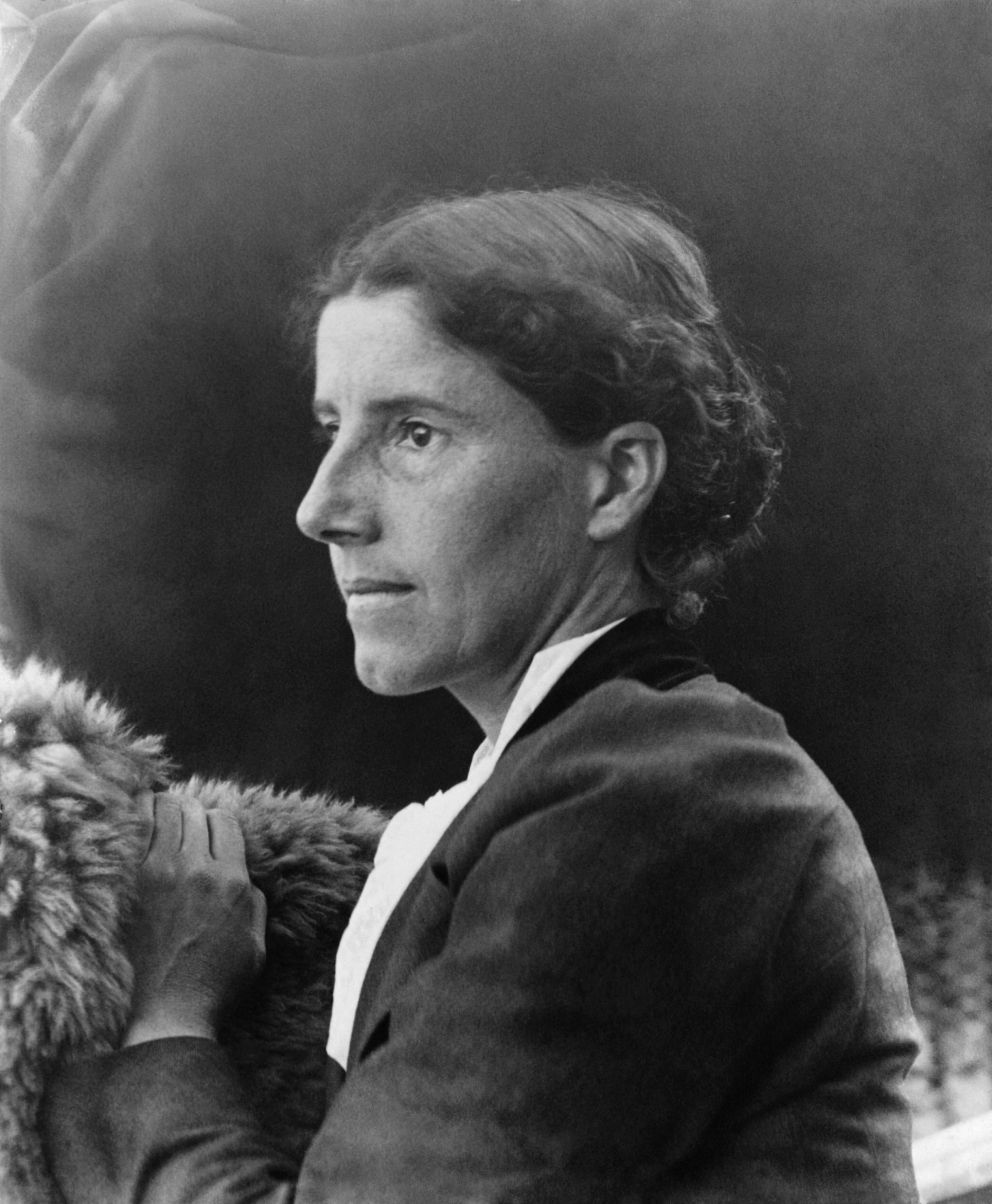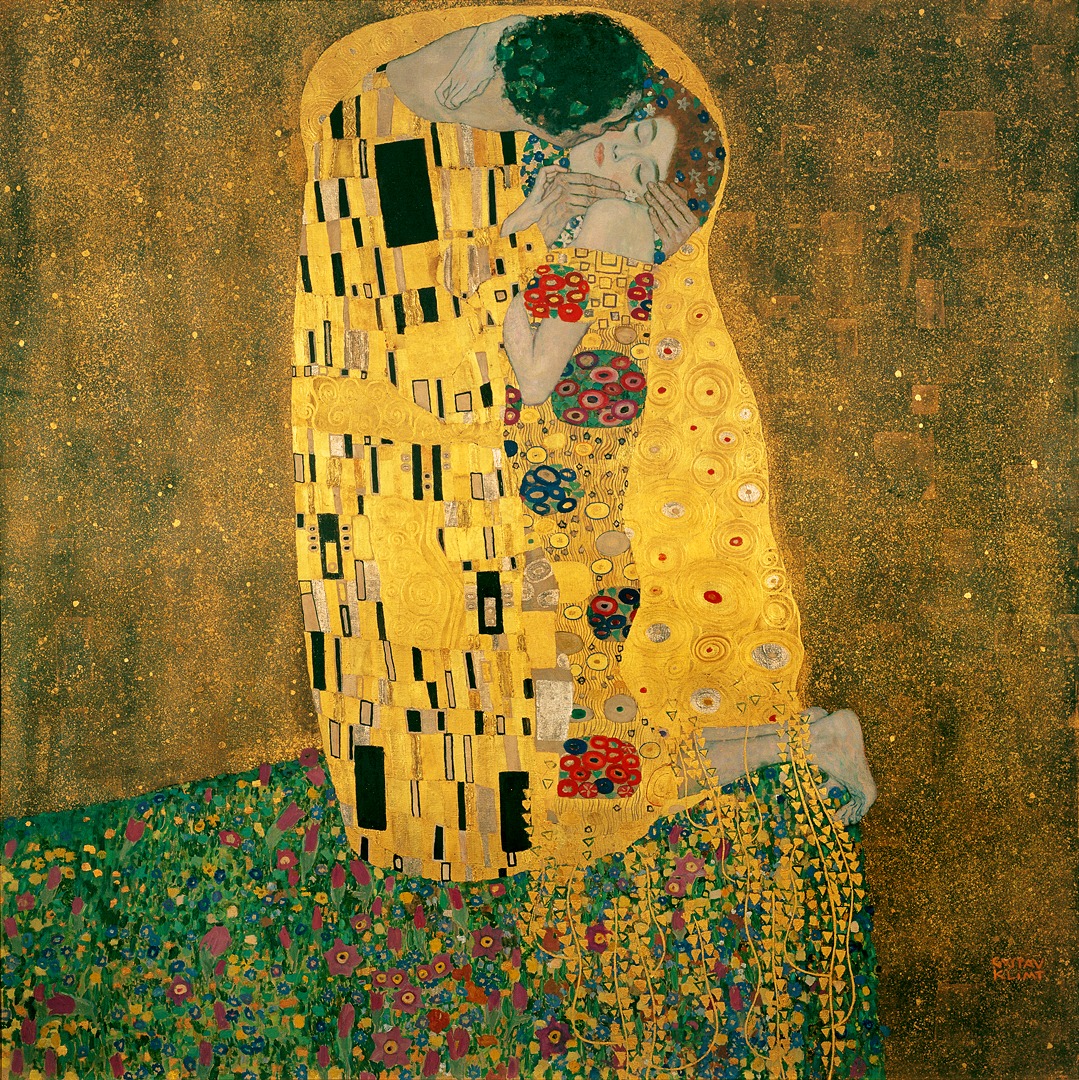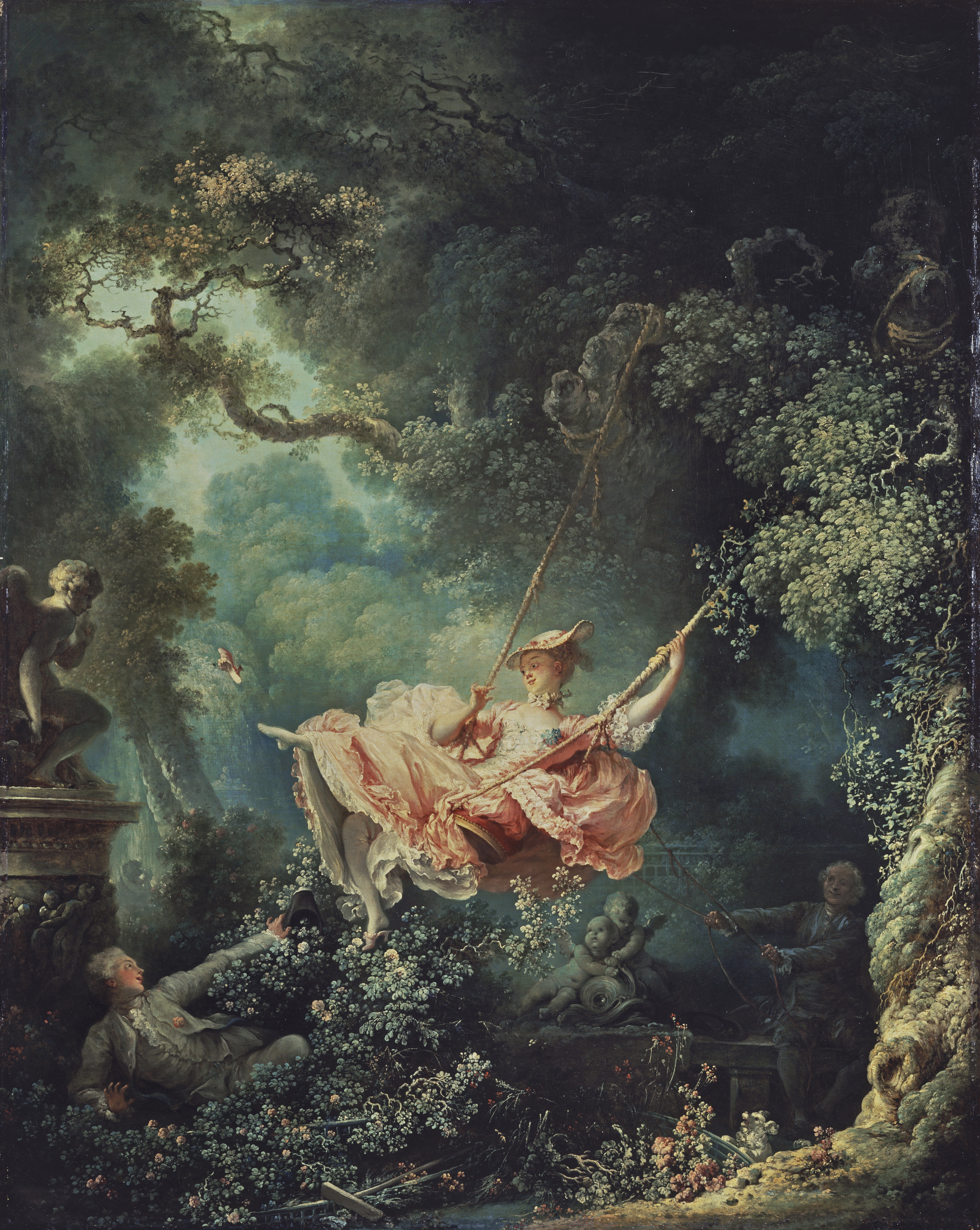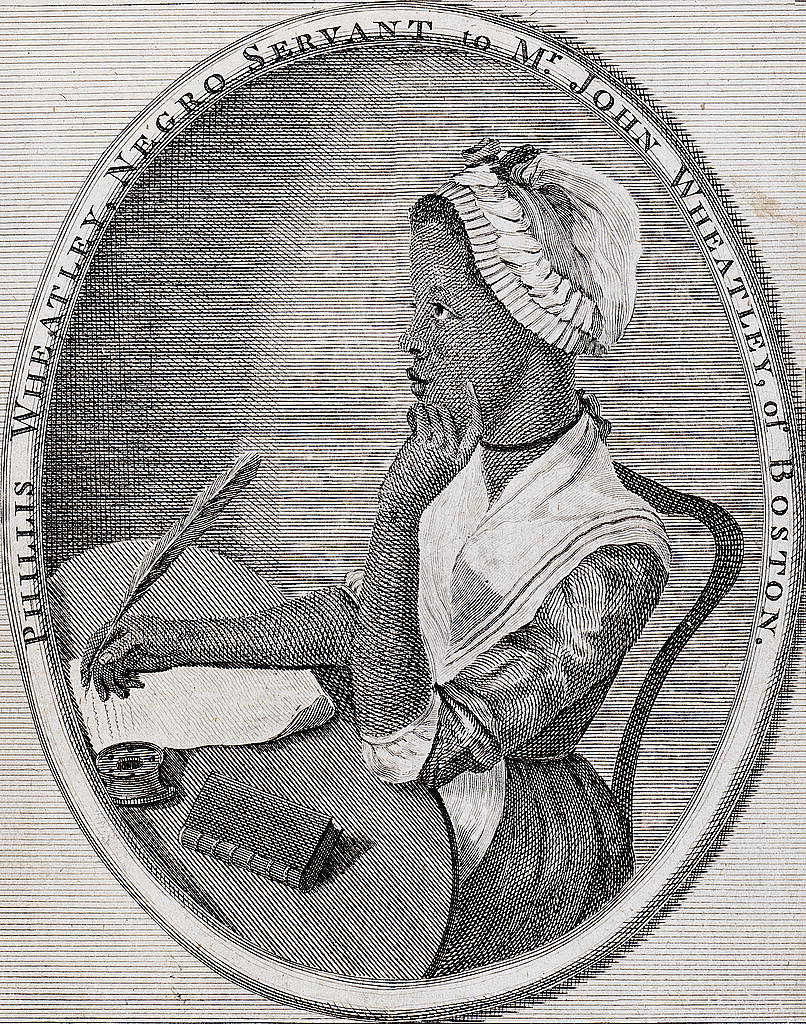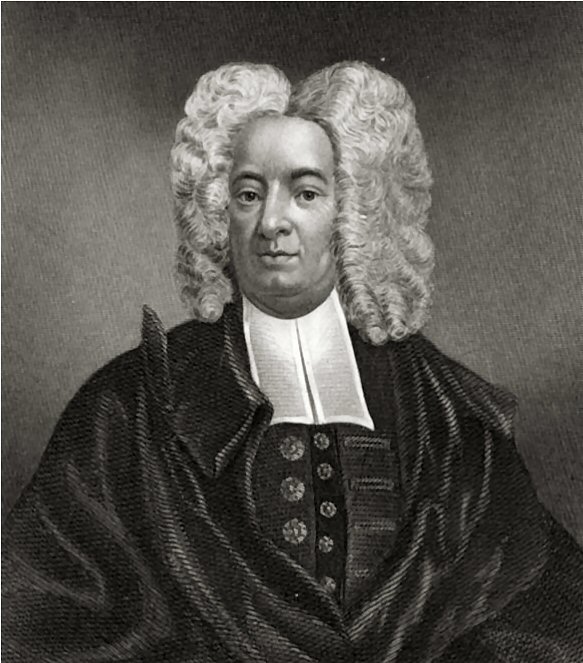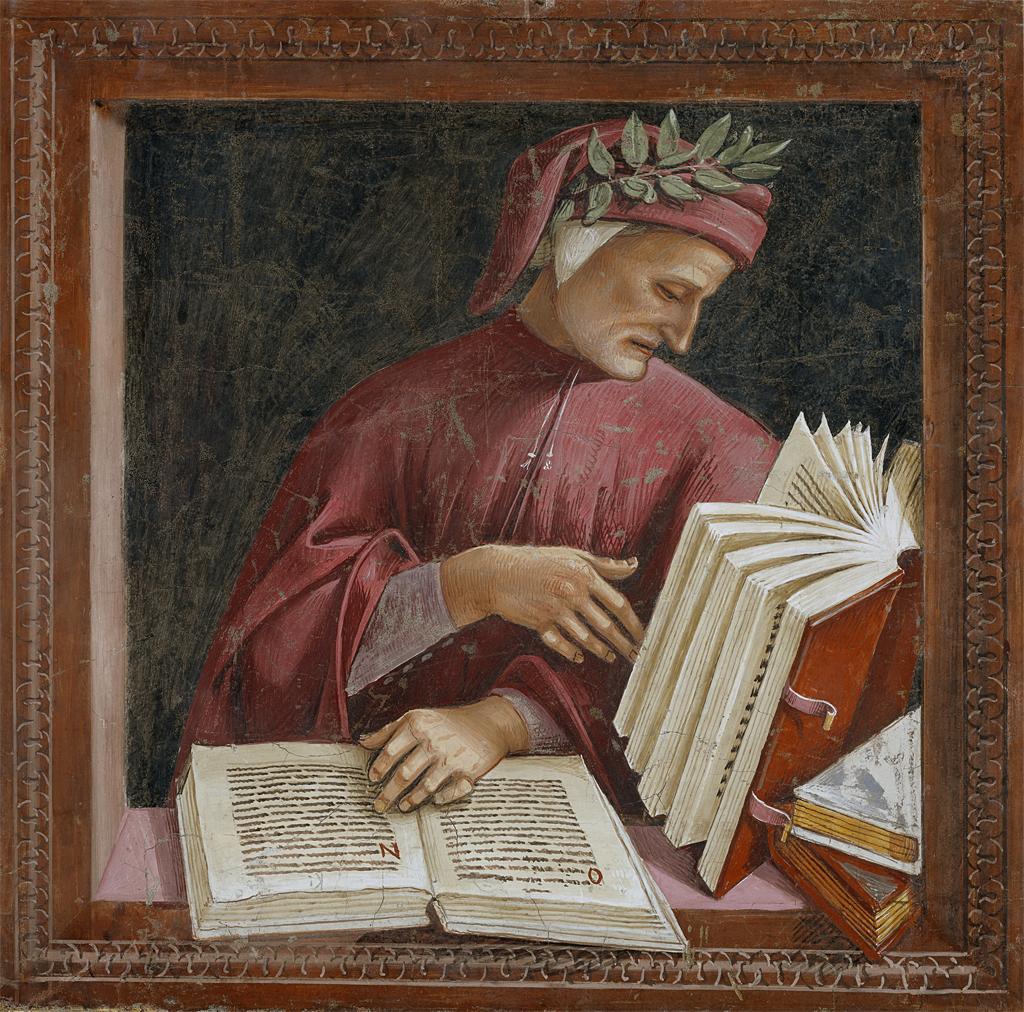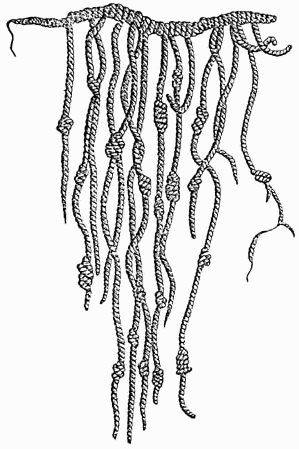Today I want to share one popular in class activity I've used in English 102--Cheese (or sometimes chocolate, but in Wisconsin, cheese seems somehow more fitting) Tasting.
First, I'll share a bit of context. In my English 102 classes I like to begin with a narrative essay assignment, and recently I've been teaching a food culture narrative essay. My reasons for beginning a semester of analytical, argumentative, and research based writing with a narrative are several:
1. Writing narratives allows students to challenge their idea of what an essay IS, what it looks like, and what it does.
2. Writing narratives encourages students to focus on language and specificity, skills that are often desperately lacking and necessary in ANY kind of writing.
3. Writing narratives takes off some of the pressure of other kinds of essay writing and helps build student confidence, which is essential for their success in class.
4. Writing food narratives in particular requires students to look much more closely at something they do everyday with a critical and descriptive eye.
5. Writing food narratives is the perfect entrance point for classroom discussions of consumption, identity, culture, and even politics.
To help students build descriptive skills, I have them do several in class activities, including a cheese tasting.
I announce the cheese tasting day to students ahead of time and tell them to bring cheese if they'd like (though bringing cheese is voluntary).
On tasting day, I have each student fill out an index card with info about their cheese: variety, it, where is it from, and why they brought this particular cheese to class. They place their cheeses and cards on desks at the front of the room, and then students gather cheese samples, writing down which ones they've selected. We then spend a little time discussing HOW to taste (rather than eat) cheese, focusing on using our 6 senses. To aid in this, I share tasting resources such as this link from a Dairy Organization,
"How to Evaluate Cheese like a Pro," which nicely explains why a multi-sensory tasting approach works best, and also provides tips for how to describe sensory experiences with cheese.
I then have students begin tasting and recording notes, writing down descriptions for each of their senses. While students are tasting the cheeses we look at a
few Wisconsin cheese resources to connect our tasting project to a larger discussion of the importance of cheese to our region.
As the tasting winds down, I have students compare notes and pick favorites. Students then share their descriptions of the cheeses with the class. Their preferences and descriptions often will be vastly different, nicely proving that being specific and precise with language is important because individual perception varies.
When I'm linking the tasting into a thematic discussion of local foods, as I'll be doing fall semester, I'll also show the class this website, which describes the
Lovavore Challenge. UW- Manitowoc is hoping to pilot a brief (1 week) Locavore project as part of our campus Common Theme,
Blue Devils Go Green, programming next year.
Cheese Tasting Day is often one of the more popular and memorable activities of the semester; students often comment on how much they love this activity. I will continue to use and refine this activity because it allows us to connect to the class material on several levels, and further engages our minds as well as our mouths:)


